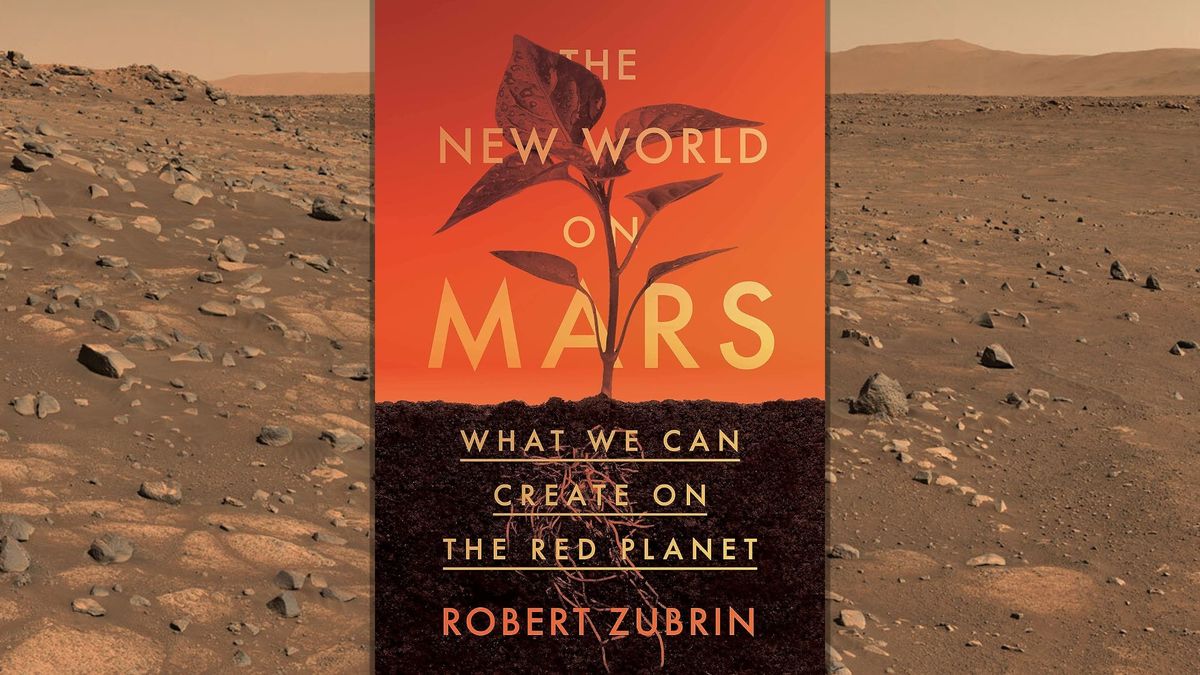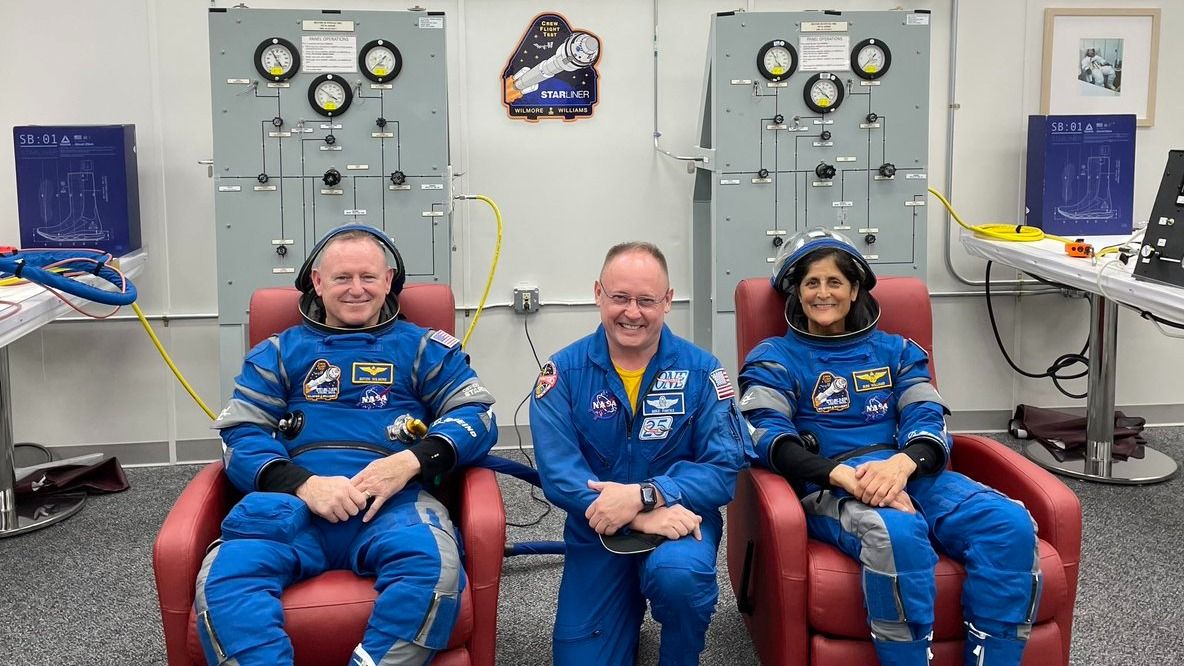Theoretical Underpinning of Warp Drives
A recent study has shed light on the theoretical aspects of warp drives, providing insights that may bring superfast propulsion technology within reach of humanity. Fans of science fiction, particularly those enamored with “Star Trek,” are well-acquainted with the concept of warp drives. These theoretical engines have the potential to manipulate the fabric of space-time itself, enabling a spacecraft to achieve incredible velocities by creating a “warp bubble.”
In 1994, Mexican physicist Miguel Alcubierre introduced a groundbreaking paper detailing the mechanics of a real-life warp drive. While this development was met with great enthusiasm, it was accompanied by a significant obstacle: the need for negative energy, a substance that remains elusive in the realm of conventional physics. Alcubierre’s proposed “Alcubierre drive” was contingent upon the existence of this exotic material or the utilization of dark energy, a mysterious force driving the accelerated expansion of the universe.
New Findings in Warp Drive Research
Published in the journal Classical and Quantum Gravity, a recent study challenges the conventional wisdom surrounding warp drives. Lead author Jared Fuchs, affiliated with the University of Alabama, Huntsville, and the research organization Applied Physics, asserts that their model may render exotic negative energy unnecessary for the operation of a warp drive.
The team’s innovative approach integrates traditional gravitational techniques with novel concepts to develop a warp bubble capable of transporting objects at high speeds within the confines of established physics. While the technical details of their model may be daunting for many, the essence of their solution revolves around combining a stable matter shell with a shift vector distribution mirroring existing warp drive solutions such as the Alcubierre metric.
Although the proposed engine falls short of achieving faster-than-light travel, it promises to propel objects at “high but subluminal speeds.” While the research holds significant promise, it is crucial to temper expectations as practical implementation of a warp drive remains a distant goal. Fuchs and his colleagues acknowledge that their work represents a mere stepping stone towards realizing efficient interstellar travel.
Implications for Future Space Exploration
Despite the current limitations, the study marks a pivotal moment in humanity’s quest for interstellar exploration. Gianni Martire, CEO of Applied Physics, envisions a new era of possibilities emerging as a result of this research endeavor. While interstellar voyages may still be a distant dream, the groundwork laid by Fuchs and his team represents a significant stride towards ushering humanity into the “Warp Age.”
Published online on April 29, the team’s study offers a glimpse into the potential future of space travel. Access to the complete study is available here, with the full content exceeding the abstract being accessible behind a paywall.
Image/Photo credit: source url





